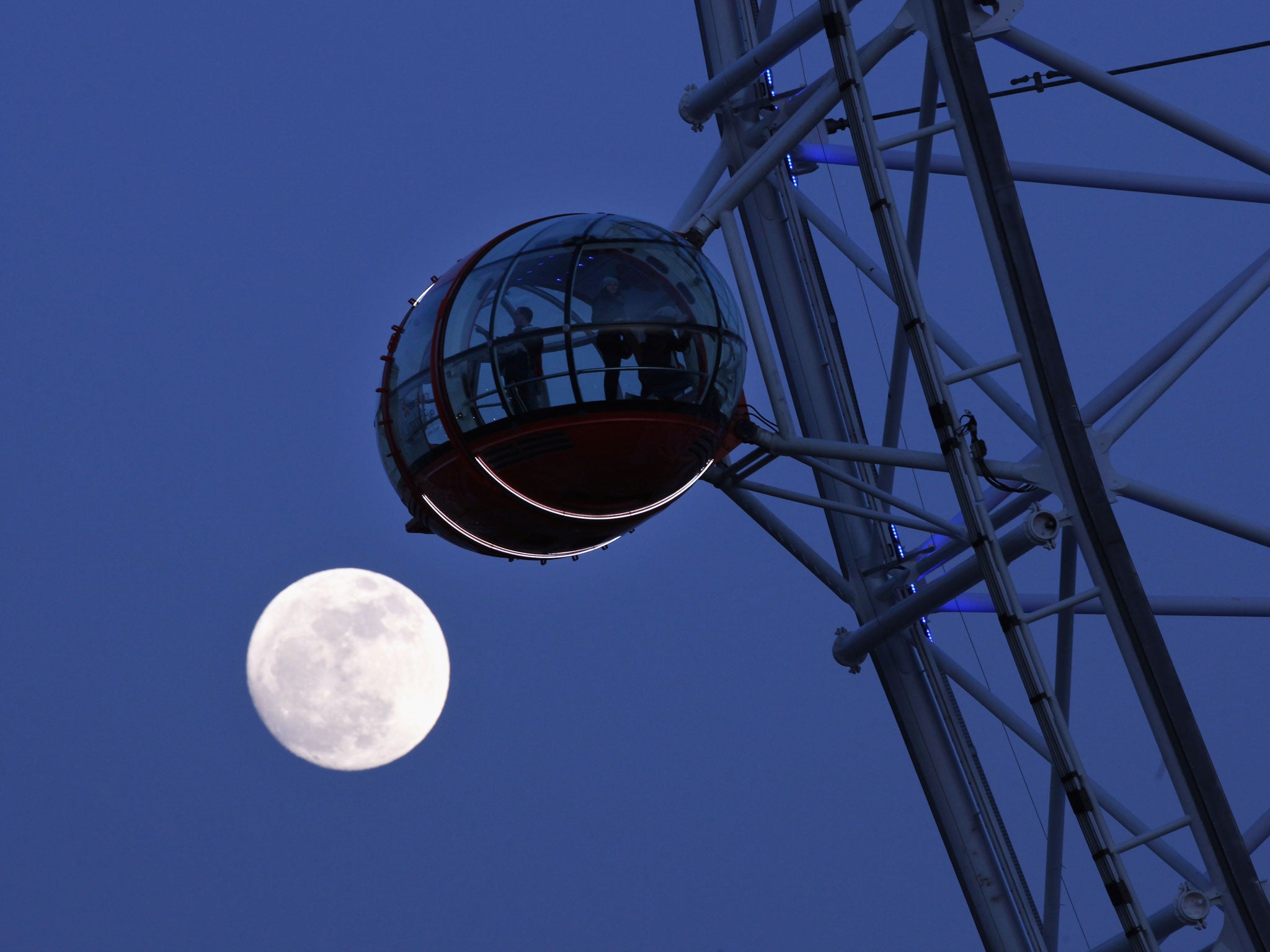Mini-moon: the smallest moon of 2014 will appear in skies on Wedneday evening
The moon will reach its apogee three hours after it rises

Your support helps us to tell the story
From reproductive rights to climate change to Big Tech, The Independent is on the ground when the story is developing. Whether it's investigating the financials of Elon Musk's pro-Trump PAC or producing our latest documentary, 'The A Word', which shines a light on the American women fighting for reproductive rights, we know how important it is to parse out the facts from the messaging.
At such a critical moment in US history, we need reporters on the ground. Your donation allows us to keep sending journalists to speak to both sides of the story.
The Independent is trusted by Americans across the entire political spectrum. And unlike many other quality news outlets, we choose not to lock Americans out of our reporting and analysis with paywalls. We believe quality journalism should be available to everyone, paid for by those who can afford it.
Your support makes all the difference.The first moon of the New Year will rise on Wednesday evening, but rather than starting 2014 with a bang, the skies will showcase the smallest moon of the year.
Star-gazers will be able to see the moon from 4:12pm. It will reach its apogee – or its further point from Earth in its orbit– approximately three hours after.
This will be the closest a full moon has been to its exact time of apogee since November 1994, and will not be as close again until 2052.
The moon is on average 384,400km away from Earth, but at its apogee it is about 405,500km away. While it is in perigee, or its closest point, it is 363,300 km away and appears giant.
The mini-moon will appear 4 per cent smaller than the average moon, and around 14 per cent smaller than the moon will appear when in perigee on 10 August.

Spotting the micro-moon may be tricky in the UK as the Met office predicts a generally cloudy day and rain at times, especially over eastern and central parts. Rain is forecast in London and the south east.
This celestial trick is known as Wolf Moon in the northern and eastern parts of the United States, because wolves would howl with hunger in the winter months according to Native American tradition.
According to National Geographic, another sight for astronomers to watch out for is the constellation Leo brushing past the moon on Saturday18 January.
Read more:
Join our commenting forum
Join thought-provoking conversations, follow other Independent readers and see their replies
Comments